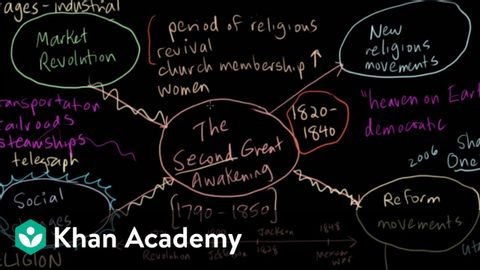第二次大覚醒-3 (The Second Great Awakening -3)
Amy.Lin が 2021 年 01 月 14 日 に投稿  この条件に一致する単語はありません
この条件に一致する単語はありませんUS /ɪˈlɪməˌnet/
・
UK /ɪ'lɪmɪneɪt/
US /ˈpɪriəd/
・
UK /ˈpɪəriəd/
- n. (c./u.)期間 : 時代;強調;終止符;生理;授業時間 : 時限
US /ˈpræktɪs/
・
UK /'præktɪs/
- n.仕事;練習すること;慣習
- v.t./i.開業;従う;練習する;実践する
US /ɪmˈpruv/
・
UK /ɪm'pru:v/
エネルギーを使用
すべての単語を解除
発音・解説・フィルター機能を解除

